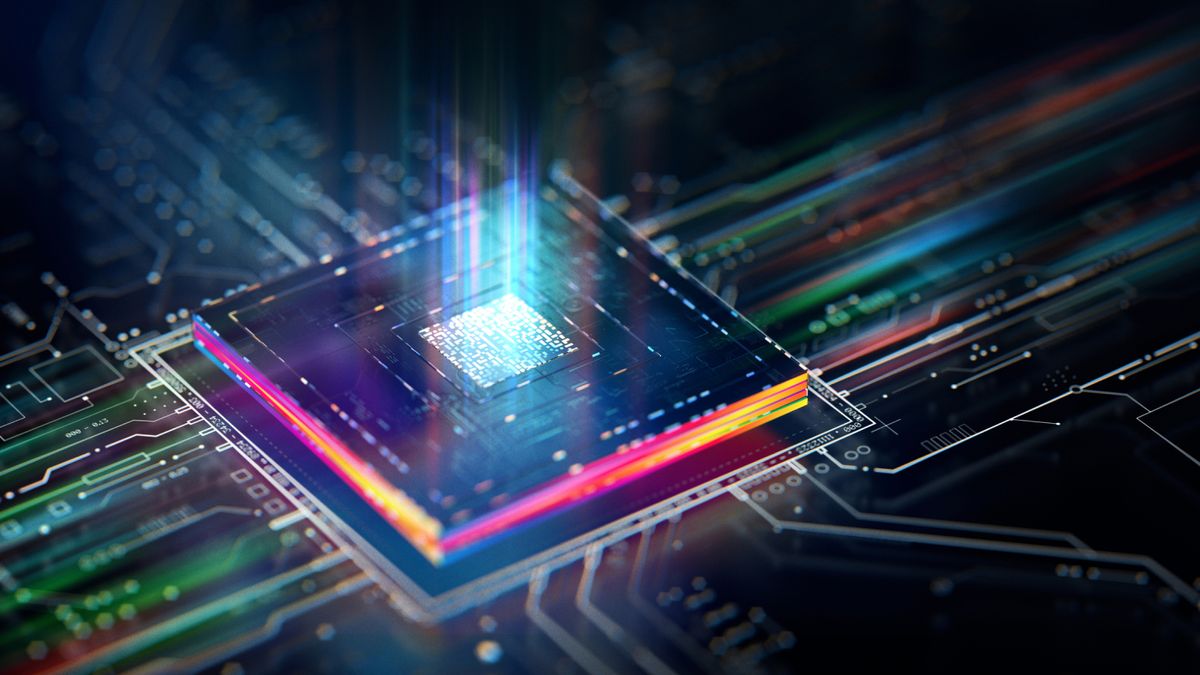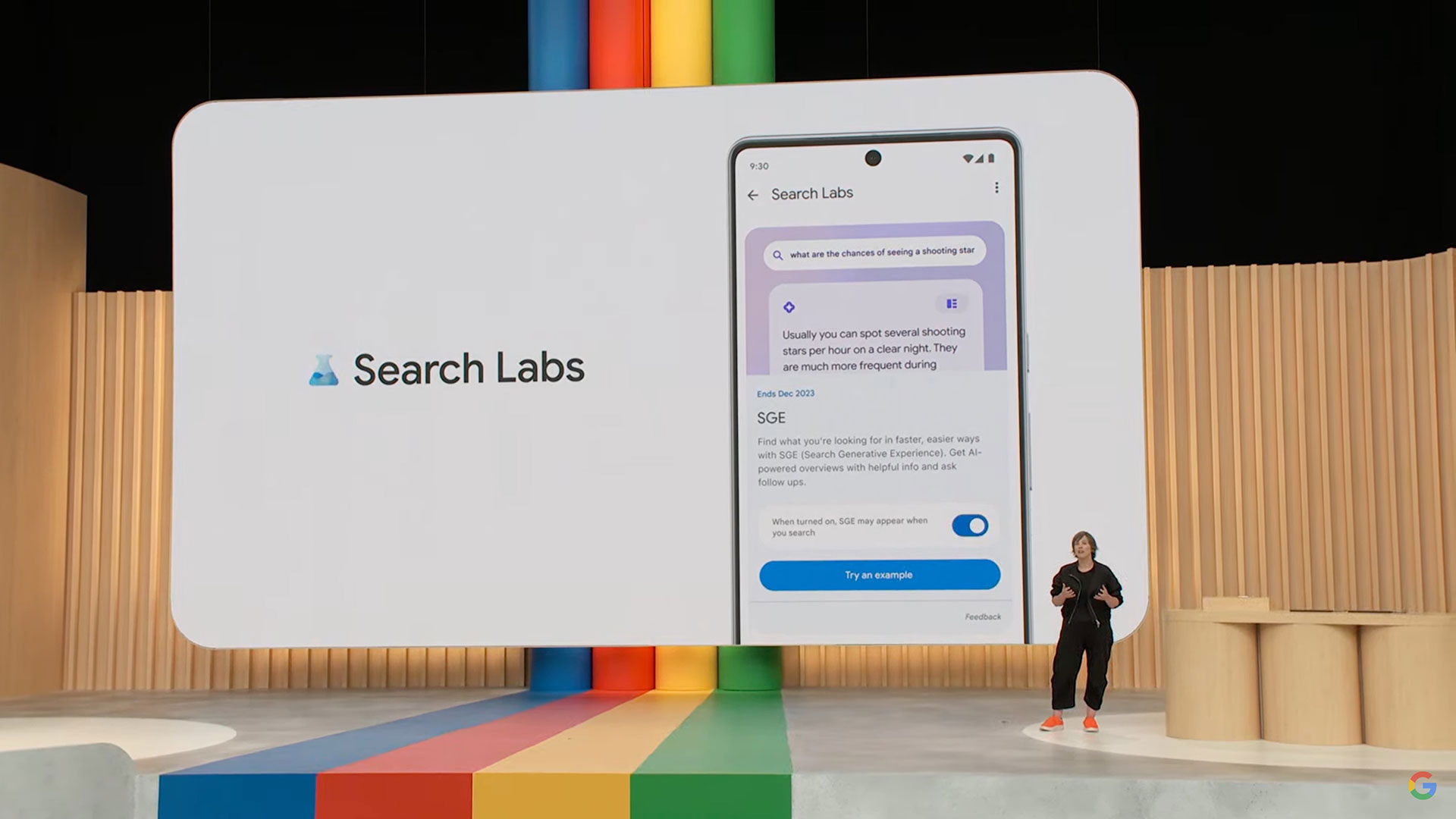One of the main obstacles to bringing a commercial quantum computer to market is reducing qubit error rates, the analog of bit error rates in the digital world. IBM has reportedly made an advancement in the space by running its advanced error-correction algorithm on off-the-shelf AMD hardware.
In a paper submitted Friday to arXiv, IBM researchers reported that not only did they run their quantum algorithm on standard AMD FPGA chips, but it ran 10 times faster than needed to keep pace with a quantum computer.
It’s a significant breakthrough in error correction, which is half the battle for IBM getting to its 2029 goal for its Starling large-scale quantum computer, explained Rebecca Krauthamer, CEO and co-founder of QuSecure, a maker of quantum-safe security solutions, in San Mateo, Calif.
“IBM in the quantum computing space is well-known for always hitting its roadmaps,” she told TechNewsWorld. “This is significant because it sounds like it’s a year ahead of schedule in terms of error correction.”
When IBM introduced its new error-correcting algorithm earlier this year, it proposed running it on a decoder called BP+OSD. The decoder is the classical algorithm that runs in parallel to the quantum algorithm. It identifies which corrections to apply based on information from the quantum correction code.
There were two problems with that decoder, explained Diego Ruiz, a physicist with Alice & Bob, a builder of fault-tolerant quantum computers using the “cat qubit” architecture, based in Paris. “It’s not very accurate, so your error-correcting code isn’t as efficient as it could be,” he told TechNewsWorld. “But most importantly, it wasn’t fast enough, which is a really big problem since it can exponentially slow down your quantum computer.”
Then IBM proposed using a new decoder, called Relay-BP, which it claimed was faster and more accurate. “In the recently released research, IBM actually implemented the decoder on an AMD FPGA and found that it was indeed fast enough not to slow down the quantum computer,” he said. “I believe this is an important result because it removes one potential bottleneck that could have limited these better codes.”
Classical Computing’s Role in Quantum Progress
With this latest development, IBM is reinforcing the fact that classical computers will govern and enhance the performance of quantum computers in the foreseeable future, noted Izhar Medalsy, CEO of Quantum Elements, maker of an AI-native programming platform for quantum hardware, in Los Angeles. “Benefiting from classical compute capabilities is critical to the advancement of quantum computing hardware,” he told TechNewsWorld.
“This announcement only reinforces the need for augmentation of quantum computers on classical devices,” he said. “What is shown here is that noise reduction and the performance improvement of quantum hardware require innovation in classical devices.”
IBM’s result shows that classical hardware can now simulate and optimize certain quantum error correction workflows that were once believed to require small quantum processors, added Simon Fried, vice president for business development and marketing at Classiq, a developer of software for quantum computers, in Tel Aviv, Israel.
“Running a QEC algorithm efficiently on AMD CPUs demonstrates progress in modeling and control software, rather than in qubit performance itself,” he told TechNewsWorld. “It highlights tighter integration between classical and quantum layers, which is essential for scaling.”
However, he doesn’t believe the new development will directly accelerate the hardware timeline. “What it shows is that we are improving the software stack and our understanding of fault-tolerant operations,” he said.
“The decisive factors remain hardware-related, such as stable logical qubits, error thresholds, and scalable architectures,” he continued. “A useful fault-tolerant quantum computer by 2029 is possible but still depends more on advances in hardware physics than on classical simulation results.”
Quantum Computers in 2026?
Roger Grimes, CISO advisor at KnowBe4, a security awareness training provider based in Clearwater, Fla., was more optimistic about the timeline for quantum computers.
“I believe practical quantum computers will be with us by next year, and any further advancement in quantum barely needs this IBM invention,” he told TechNewsWorld. “It doesn’t hurt, but so many quantum computers are coming from so many vendors that this one improvement is just another drip in a very large pail.”
“This new technique is just one improvement in quantum qubit error correction,” he said. “There are many others.”
“I do think that quantum error correction by cheaper traditional binary chips isn’t a bad thing,” he continued. “Cheaper is better. But I don’t think the early-adopting companies looking to quickly adopt the best quantum computers are going to quibble over even tens of millions of dollars in price differences.”
Luke Yang, an equity analyst with Morningstar Research Services in Chicago, wrote in a research note that he liked the deepening partnership between IBM and AMD in quantum computing.
“It makes sense for AMD’s FPGAs to become the first type of chip paired with IBM’s quantum systems, as FPGAs’ relatively low production volume makes it optimal for test use cases,” he noted. “FPGAs are cheaper than dedicated quantum chips, such as IBM’s Heron, but they are still much more expensive than the more common CPUs or GPUs in unit costs.”
“Adding FPGAs into quantum systems is a step in the right direction that lowers quantum’s overall costs,” he continued. “Still, we do not see this breakthrough alone leading to widespread quantum adoption, given the lack of commercially feasible use cases for the existing technology.”
Quantum Security Implications
This development is concerning because it shows a path to relevance by addressing the stubbornly persistent engineering challenge of error handling in quantum computing, contended Philip George, executive technical strategist at Merlin Cyber, a provider of cybersecurity, identity and access management solutions, in Vienna, Va.
“The critical difference here is that the potential solution utilizes FPGA chips that are largely available and do not require new fabrication processes,” he told TechNewsWorld.
“If this method proves to be viable, we could be looking at an even closer deadline for cryptographically relevant quantum computers, which are available for both nation-states and commercial usage alike,” he said. “This means both the government and industry could be, in essence, out of time to make meaningful progress towards adopting the new quantum safe standards.”
Jason Soroko, a senior fellow at Sectigo, a global digital certificate provider, added that running a real-time quantum error-handling loop on off-the-shelf AMD FPGAs signals that the classical control stack for quantum systems is maturing and becoming cheaper.
“That lowers barriers for scale and reproducibility, pulls these systems closer to regular data center practices and spreads the hardware supply chain across widely used components,” he told TechNewsWorld. “It is encouraging for short-term progress toward more stable qubits and for IBM hitting its roadmap, yet it does not change the near-term risk picture for breaking today’s encryption.”
“The security story, however, shifts quickly once control moves to commodity gear, because the attack surface grows beyond bespoke electronics and into firmware, drivers, orchestration software, and the physical interfaces that bind racks to cryogenic devices,” he explained.
“IBM’s announcement is the latest development in what feels like a nonstop run of signals about just how quickly quantum is advancing, from NIST’s guidelines for post-quantum cybersecurity to guidance from the CIO of the Department of Defense,” added QuSecure’s Krauthamer.
“What used to be sparse signals about an impending threat have become very dense signals that are appearing on a weekly basis,” she continued. “Timelines are accelerating for the day when a quantum computer can break all current public key cryptography systems, which means that there are over 20 billion devices that have to be migrated to post-quantum in just a few short years.”




